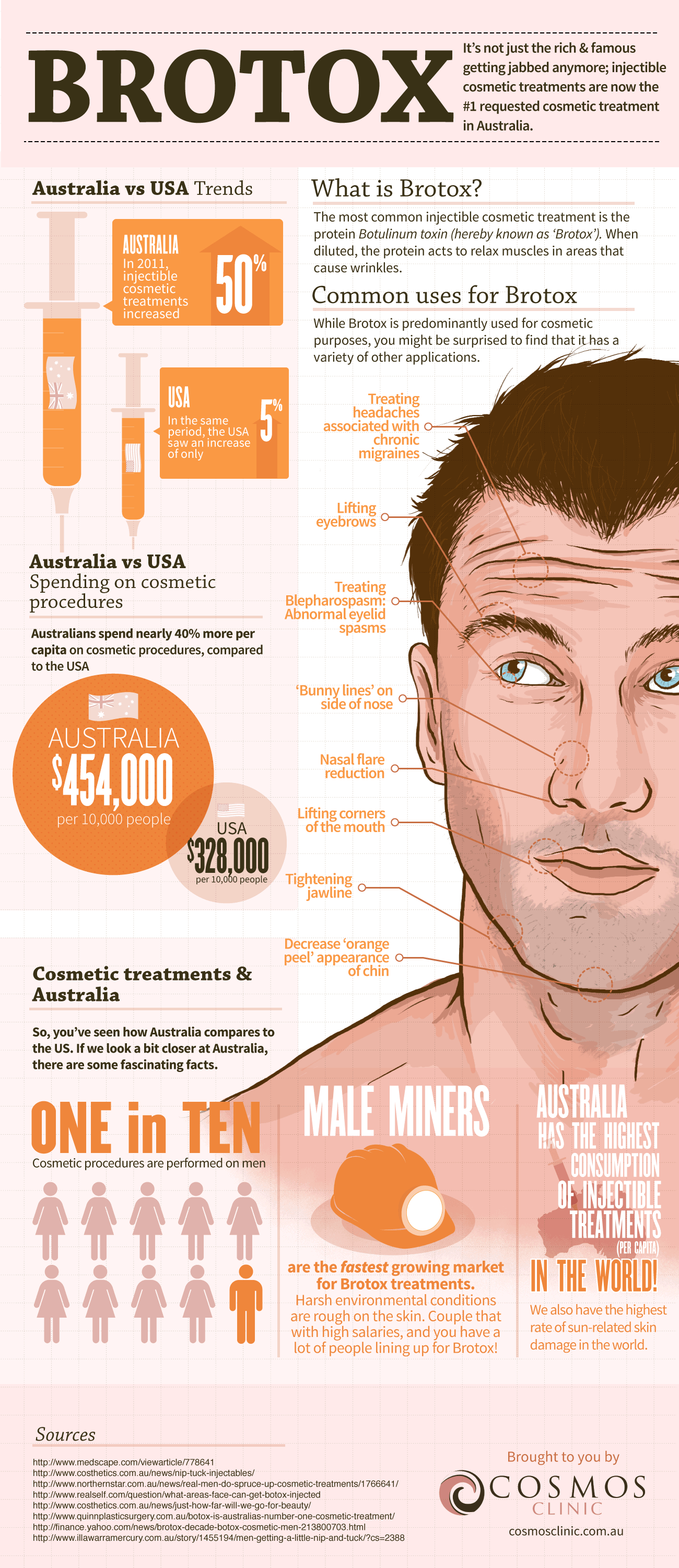Hormonal acne is characterized by clogged up pores and oily skin that commonly shows up on the chin and jawline. It occurs when hormone modifications set off inflammation and microbial overgrowth within hair follicles.
Breakouts may appear as whiteheads, blackheads, papules or pustules and cysts or nodules in a lot more serious instances. It is a lot more usual in teenagers experiencing the age of puberty yet can influence grownups of any kind of age.
What Creates Hormone Acne?
While acne can be brought on by a selection of variables, consisting of making use of hair and skin treatment items that aren't oil-free or made with active ingredients that can block pores, hereditary tendency, diet plan,2 and anxiety, the source is changing hormones. Hormonal acne happens when the body experiences hormonal changes and fluctuations that lead to an overproduction of sebum, which creates swelling, raised development of germs and modifications in skin cell activity.
Hormonal acne is often found on the reduced jawline, cheeks and neck yet can show up anywhere on the body. It is defined by blemishes that are cystic, unpleasant and filled with pus or other product. It is additionally most likely to happen in women than men, specifically throughout adolescence, the menstrual cycle, pregnancy or menopause.
Age
While several children experience acne at some time throughout adolescence, it can continue to plague grownups well right into their adult years. Known as hormone acne, this kind of breakout is tied to fluctuations in hormonal agents and is normally most typical in ladies.
Hormonal acne takes place when oil glands generate excessive sebum, which clogs pores and traps dead skin cells. This brings about the development of acnes, such as whiteheads, blackheads and papules, pustules, cysts or nodules, deep under the surface area.
This kind of blemish often creates discomfort, redness and swelling. It might likewise be cyclical and show up around the exact same time each month, such as right before your duration starts. This is because degrees of female hormones like progesterone and oestrogen rise and fall with each menstruation.
Menstrual Cycle
Hormone acne normally appears in the reduced part of your face, along the jawline and cheeks, as whiteheads, blackheads or inflammatory acnes (pimples and cysts). It's more than likely to show up around the time when your menstruation modifications.
Especially around ovulation, when estrogen and progesterone degrees are on the rise, hormonal agent fluctuations can create outbreaks. But it's additionally possible to get acne at any type of point throughout your 28-day menstruation.
If you notice that your hormone acne flares up right prior to your duration, try observing when exactly this takes place and see if it associates with the phases of your 28-day menstruation. This will aid you identify the root causes of your skin difficulties. For example, you might wish to work on stabilizing your blood sugar and removing high-sugar foods, or think about a prescription drug like spironolactone that can control your hormones.
Pregnancy
Growing an infant is a time of dramatic hormone changes. For lots of women, this consists of a flare-up of hormonal acne. This sort of breakout commonly begins in the initial trimester, around week six. It's brought on by hormone rises that promote sweat glands to make more oil, which can obstruct pores and cause even more bacteria to develop.
Breakouts may additionally happen as a result of pre-existing problems like polycystic ovary syndrome, which can additionally be an issue while pregnant what is botox and menopause. Also, some kinds of birth control pills (such as Ortho Tri-Cyclen and YAZ) can activate hormone acne in some ladies.
The good news is, many acne therapies are "no-go" for pregnant ladies (including prominent acne-fighting active ingredients such as isotretinoin and spironolactone). But if you can not avoid those frustrating bumps, your doctor may suggest oral erythromycin or cephalexin, which are risk-free while pregnant.
Menopause
As ladies come close to menopause, the estrogen levels that triggered their hormonal agent acne to flare up during the age of puberty begin to support and lower. At the same time, however, a spike in androgens (additionally known as male hormones) takes place because these hormones can not be exchanged estrogen as efficiently as previously.
The unwanted of androgens can set off oil manufacturing by the sweat glands, which clogs pores. When the stopped up pores come to be inflamed and inflamed, an acne forms.
Hormonal acne is normally seen on the face, specifically around the chin and jawline, but it can happen on the neck, back, shoulders, or upper body. This type of acne has a tendency to flare in an intermittent pattern, similar to the menstrual cycle. Stress and anxiety, which increases cortisol and throws hormonal agents out of equilibrium, also contributes to the breakouts.
